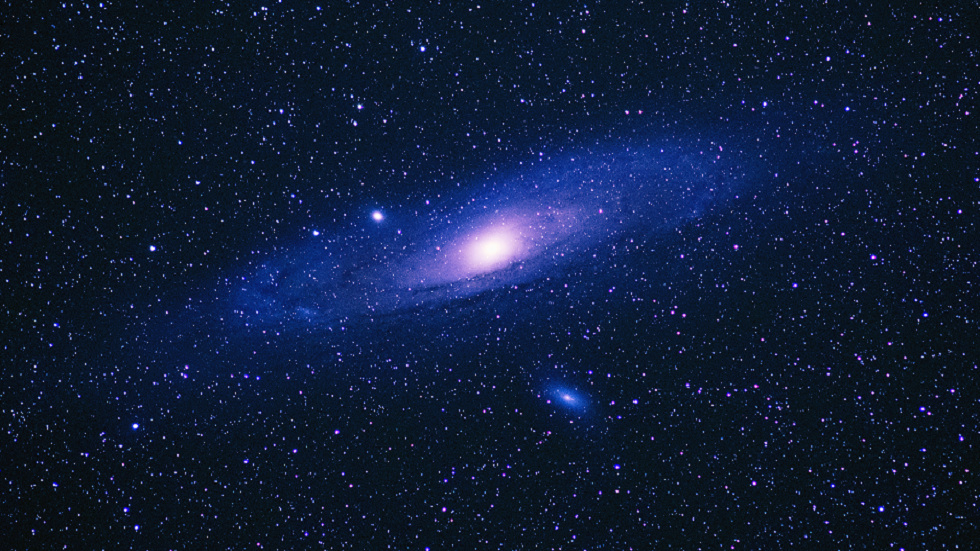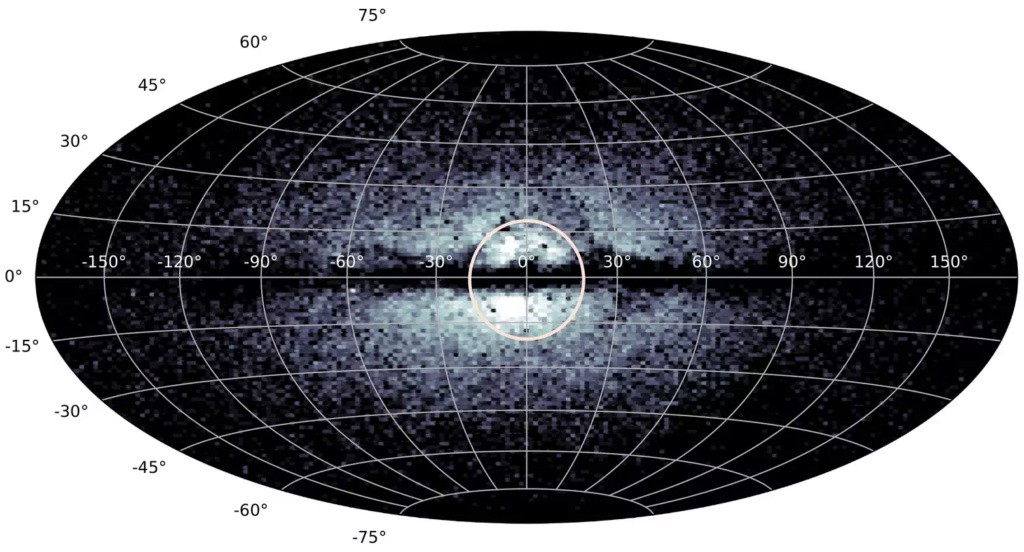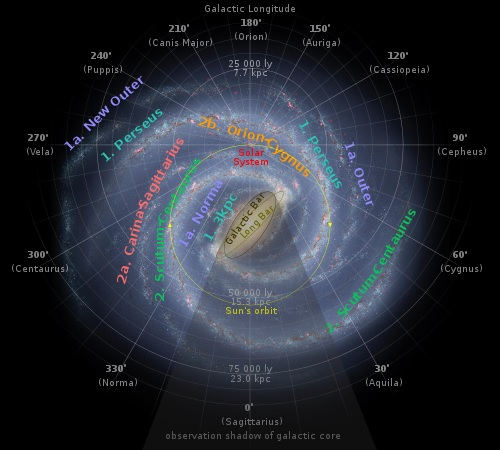Astronomers Discover The "Poor Old Heart" Of The Milky Way

There are a few stars scattered around the center of the Milky Way, which are remnants of the ancient galactic core, when our galaxy was still very young.
Using measurements from the most accurate 3D map of the galaxy ever compiled, as well as a neural network to probe the chemical compositions of more than 2 million stars, a team of astronomers has identified 18,000 stars from the beginning of our galaxy, when it was just a compact group of primordial galaxies that came together.
Our galaxy, the Milky Way, formed gradually over almost the entire history of the universe, which spans a period of 13 billion years.
Over the past decades, astronomers have been able to reconstruct different eras of galactic history in the same way that archaeologists have reconstructed the history of ancient cities, as some buildings come with specific dates of construction.
Clusters of stars can be linked based on common features such as their motions and chemical compositions, a property known as metallicity. This is where the European Space Agency's Gaia Space Observatory comes in.

The satellite has been in Earth's orbit around the sun for years, carefully tracking stars and taking measurements of their locations and three-dimensional movements within the galaxy. In addition, Gaia takes measurements that allow estimates of the metallicity of stars.
Minerals can bind stars together, because stars with a similar composition could have been born in the same place at the same time. But it can also tell us roughly how old the star is, because some elements were not present in the universe until stars appeared to form them.
And after the Big Bang 13.8 billion years ago, there wasn't much in the way of racial diversity.
The primordial universe consisted mainly of hydrogen, with a little helium, but not much. As the first stars formed from clumps in this medium, their hot, dense cores began to smash atoms together to form heavier elements: hydrogen into helium, helium into carbon, and so on, down to iron for the most massive stars.
Once stars reach the limit of their ability to fuse atomic nuclei, they die, often in a process like a supernova.

Active supernova explosions produce heavier metals, such as gold, silver, and uranium. Young stars then take in these elements as they form.
The later a star forms in the universe, the more metals are likely to be present in it. Thus, high metallicity means a younger star, and "metal-poor" stars are thought to be older. But not all stellar orbits are the same as they make their way around the galactic center.
And when you find a group of stars with similar metallic content, on a similar orbital path, it is likely that this group of stars is a population that has been together for a very long time, perhaps since the beginning of formation.
Astronomer Hans-Walter Rex of the Max Planck Institute for Astronomy and colleagues used the Gaia data to look at red giant stars within a few thousand light-years of the Milky Way. They identified two million stars, the light from which was analyzed by a network that can identify minerals.
They found a group of stars with similar ages, abundances and orbits, indicating that they existed before the Milky Way was filled with stars and bulged by collisions with other galaxies, starting about 11 billion years ago.

We know that the oldest stars in the Milky Way preceded the first big collision, with a galaxy called the "Sausage Galaxy" or "Gaia-Enceladus", but this population at the center of the galaxy appears to be a cohesive group of them.
Rex called it the “poor old heart” of the Milky Way, because it is mineral-poor, very old, and can be found in the heart of the galaxy. Scientists say the population is the remnants of primitive galaxies.
These bundles of stars that formed in the early universe were not fully developed galaxies, but rather their "seeds".
At the beginning of the life of the Milky Way, three or four of these seeds gathered together to form the core of what would become our home galaxy.
And the stars of the “poor old heart” were not born in these primitive galaxies, but are the generation of stars that formed when the stars of the primordial galaxy died. Scientists found that it is more than 12.5 billion years old.
The results of the study have been published in The Astrophysical Journal.
Source: websites

